
Consulting Entomologist

Tel/Fax: 01275 854224
E-Mail: [email protected]
Site Guide
Site Search
Home Page
Career Page
Insect Files
- Contents
- Bug Index
- The World of Bugs
- Classification of Bugs
- Insect Identification
- Insect Fossils
- Insect Body-parts
- Micro View of Bugs
- Insect Life Cycles
- Insect Defences
- Insects of Nailsea
- Pesticide Safety
- Bibliography
Shortcut to the main groups of insects and other arthropods...
Bug Rhymes & Poems
Links
Shop
Payments (credit/debit card)
Micro View of BugsSome examples of the weird and wonderful micro-structure of insects and other arthropods. All can be seen with low power microscope (up to x200). Almost any insect or other 'creepy-crawly' found around the house or garden can reveal a hidden world of minute hairs, spines, scales and delicate sculpturing over the body surface. The colour patterns on the body and wings of insects are often due to one or other of these microscopic features. |
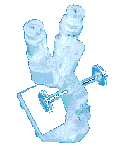 |
Antennae & Eyes |
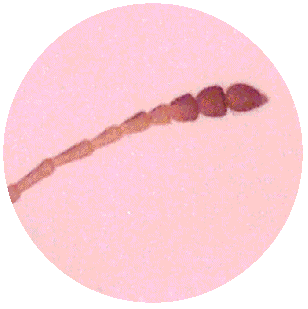
Antenna of a rove beetle (Stenus) showing the many joints which allow small, precise movements of this sensory appendage (transmitted light, x200). |
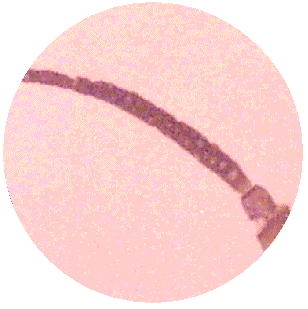
Antenna of an aphid (Homoptera) with numerous sensory pits on the segments (transmitted light, x200). |
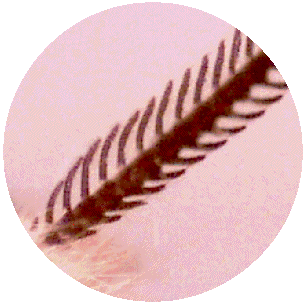
Comb-like antenna of a buff ermine moth (Spilosoma luteum). Many moths have plumose antennae of this type (incident light, x60). |
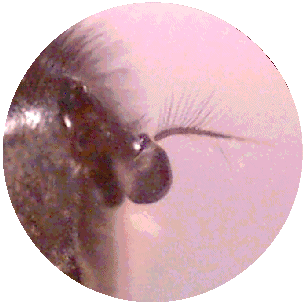
Antenna of a syrphid fly (Eristalis pertinax), showing the hairy flagellum or arista attached to the bulbous terminal segment (incident light, x60). |
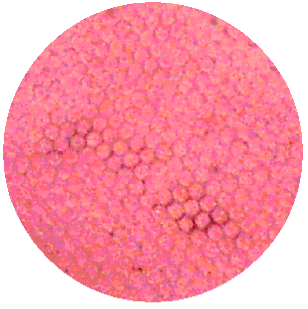
The outer corneal surface from the compound eye of a water boatman (Corixa) showing the typical multi-faceted structure of the eye (transmitted light, x200). |
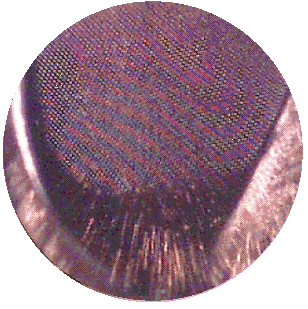
Compound eye of a syrphid fly (Eristalis pertinax) viewed from the side, with long hairs visible on the lower part. The colour banding is due to diffraction of light from the multi-faceted surface (incident light, x60). |
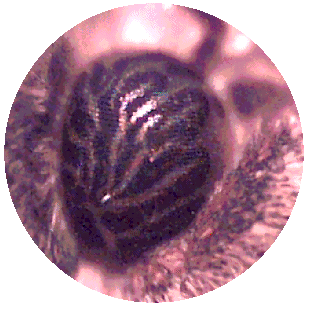
Compound eye of a noctuid moth (Noctuidae) viewed from the side, with a conspicuous surface pattern of pale coloured stripes (incident light, x60). |
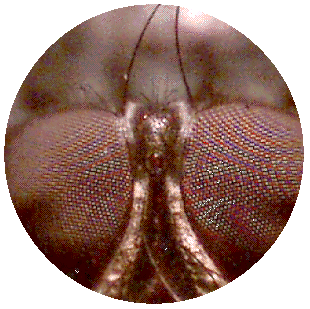
Upper part of the head of a blow-fly or bluebottle (Calliphora) viewed from the front, with a pair of large multi-faceted compound eyes at either side and three simple eyes (ocelli) arranged in a triangle on top of the head between the compound eyes (incident light, x60). |
|
<<<
CONTENTS |
NEXT
>>> |
| <<< TOP | (use the back button on your web browser to return to the previous page) | TOP >>> |